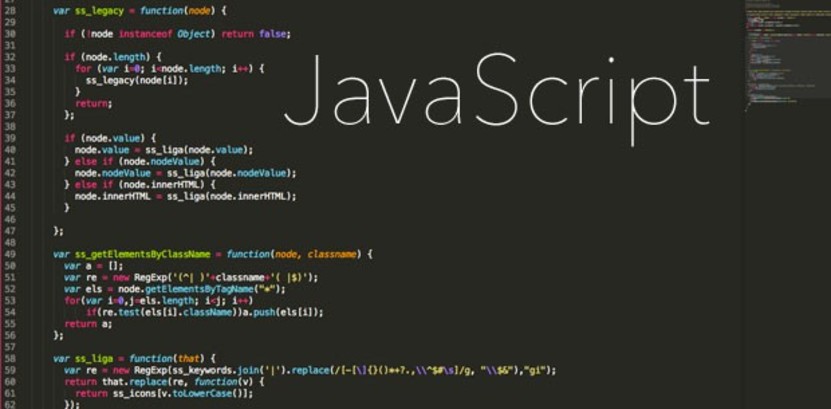Whether you’re a beginner or brushing up on your skills, here’s a roadmap to master JavaScript in today’s tech landscape.
1. Start with the Fundamentals
Even in 2024, you can’t skip the basics. Ensure you have a strong foundation in:
– Variables and Data Types: Numbers, strings, booleans, arrays, and objects.
– Functions: Understanding function declarations, expressions, arrow functions, and callbacks.
– Control Structures: Loops, conditionals, and handling logic effectively.
Pro Tip: Use online sandboxes like CodePen or JSFiddle to practice your basic JavaScript in real-time.
2. Master DOM Manipulation
JavaScript’s strength lies in manipulating HTML and CSS. Once you understand the basics, get hands-on with the Document Object Model (DOM):
– Learn how to select elements using document.getElementById or querySelector.
– Modify elements dynamically with textContent, style, or even create elements with createElement().
– Handle user interactions with event listeners like addEventListener().
Tip: Play with mini-projects like a to-do list or a dynamic gallery to get comfortable with DOM manipulation.
3. Understand ES6+ Features
JavaScript has evolved, and you need to be fluent in modern JS to stay relevant:
– Arrow Functions for cleaner syntax.
– Template Literals for easier string manipulation.
– Destructuring to extract values from arrays and objects with less code.
– Promises & Async/Await for handling asynchronous code in a more readable way.
ES6+ is now industry-standard, and modern frameworks rely heavily on these features.
4. Asynchronous JavaScript
In today’s web development, handling async operations is essential. Start with understanding callbacks before moving on to:
– Promises: Understand .then() and .catch() syntax.
– Async/Await: Write asynchronous code that looks synchronous.
– Learn how to handle APIs with fetch() and manage real-world scenarios like error handling.
Challenge: Build a small weather app by fetching data from a public API using async/await!
5. Dive Into JavaScript Frameworks
Once you have a solid grasp of vanilla JavaScript, it’s time to explore frameworks. The two giants of 2024 are:
– React: For building dynamic user interfaces with components.
– Angular: If you prefer a more structured and opinionated approach.
Pro Tip: Pick one and stick with it for a while. React might be easier to get started with, but Angular gives you more power when building complex enterprise-level applications.
6. Test Your Code
Testing is an integral part of development in 2024. Get used to writing unit tests using:
– Jest (for React apps).
– Jasmine/Karma (for Angular apps).
Mastering testing frameworks early will not only make you a more reliable developer but will also help you debug faster.
7. Build Real-World Projects
The best way to learn JavaScript is by doing. Start by building small projects and gradually move on to more complex ones:
– A personal portfolio site with interactive elements.
– A task management app using local storage.
– A single-page application (SPA) with a JS framework.
Pro Tip: Contribute to open-source projects or collaborate with others to gain real-world experience.
8. Learn Version Control (Git)
In 2024, version control is non-negotiable. Use Git to track changes and manage your project versions. Familiarize yourself with:
– Basic Git commands like clone, commit, push, and pull.
– Platforms like GitHub for collaboration and portfolio hosting.
Start now, and by the end of the year, you’ll be writing clean, efficient, and modern JavaScript like a pro!






